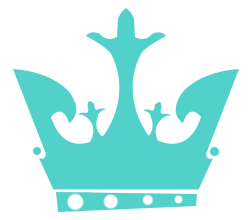What Is A Concept Artist? – Everything You NEED To Know
Disclosure: This article may contain affiliate links. That means if you buy something we get a small commission at no extra cost to you.
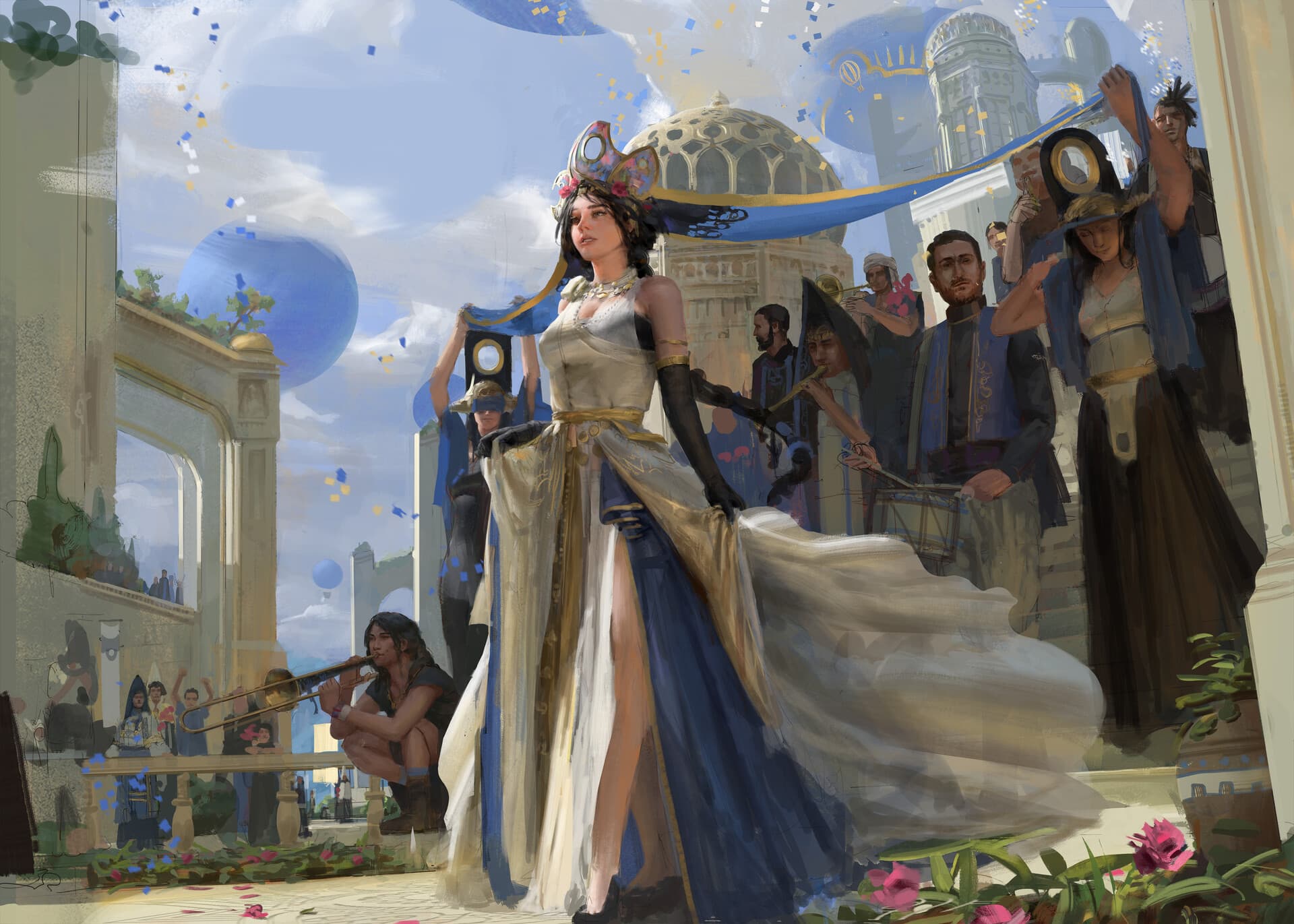
I’m sure you’ve heard this term plenty of times. But do you know what it really means?
A concept artist is usually a visual artist. Or rather a visual designer.
They work to solve the main visual problems in any entertainment media, such as games, movies, etc. Basically, they are the ones who design all the amazing characters, props, and environments that you see in a game/movie.
This could range from designing massive warships to creating a clothing line for dwarves. They design vehicles, people, cultures, and even landscapes. (Isn’t that cool?)
Thus, a concept artist’s job is IMMENSE and has multiple fields you can specialize in. It’s an insanely vast field that few truly excel in.
How to Learn Figure Drawing in 2024: For Beginner Artists
Concept Art Vs Illustration
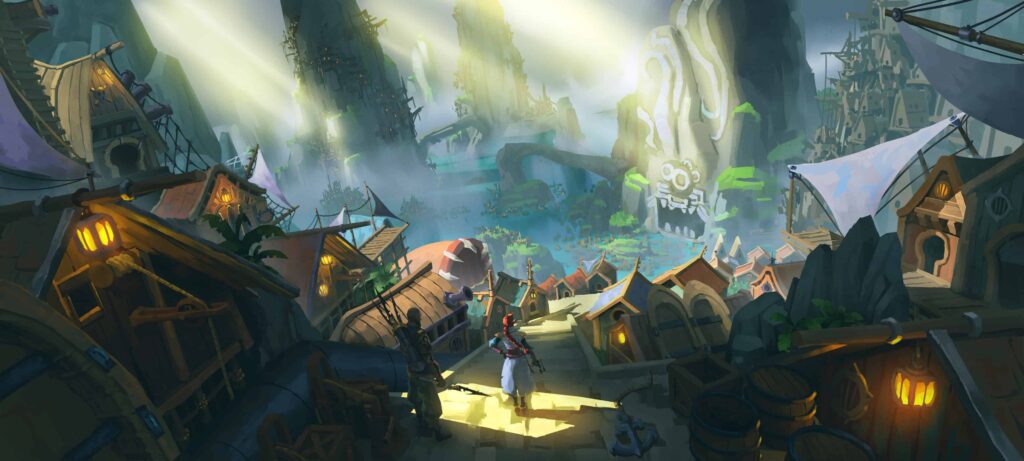
Everyone always gets confused between concept art and illustration. And by everyone, I mean EVERYONE.
Therefore, I wanted to clear this up before we head into the details of concept art.
First of all, illustration has to do with ART, and concept art (better known as concept design) has everything to do with DESIGN.
That is the biggest differentiating factor between both of them and one you NEED to keep in mind going forward.
While illustrators spend their time perfecting book covers, splash art, or illustrations, concept artists ONLY focus on designing.
Concept artists do all the menial work, from compiling research, gathering references, creating multiple iterations of a design, getting most of the work scrapped, etc. They only use art as a tool to convey their ideas.
Concept designers rarely create beautiful keyframes (yes that’s right, keyframes aren’t really in the job description here).
Another difference between them is their position in the art pipeline.
TIP: All games and movies have a production pipeline that they follow to get work done at the correct times.
While concept art is done at the very start of the pipeline, illustrators work on the designs given to them at the very end of the pipeline.
So all the splash art you see in games is ONLY done by illustrators.
In fact, you rarely see any work done by concept artists as most of them are scrapped or heavily redesigned.
Now, that you’ve understood the differences between the two, I’m sure you’ll no longer have any false beliefs about concept art anymore. So, let’s move on to the salaries of concept artists.
Salaries Of Concept Artists
Here comes the anticipated question. How much do concept artists make?
Well, don’t worry. They certainly aren’t starving artists. Concept artists make between US $50,000 to $140,000. The average concept artist makes around $90,000. (Source: Indeed)
While beginner concept artists generally earn from $40,000 to $60,000, artists with more experience get much more compensated.
Therefore, if you plan to become a concept artist, then you can expect to command a decent salary for sure.
Of course, that’s considering you have ALL the required skills and expertise.
What Do Concept Artists Exactly Do?

You already know that concept artists design props, characters, and environments. But how do they get started and what process do they follow every day?
Usually, concept designers get a project brief from the art director or their direct supervisor. The brief can range from a general topic such as designing a medieval house, to more specific guidelines.
For example, the director can give instructions to design a character with a playful personality. He may give you some further information such as the character’s main ambition, parts of their design, etc.
The concept artist would then need to start gathering references, collecting information, and research more.
After that, they would start thumbnailing some rough iterations of how the final design should turn out. They may go up to even a hundred different thumbnails in their search to find the best possible design (yes, THAT many).
Since most ideas are scrapped, modified, or even blatantly rejected, it becomes important that concept artists don’t emotionally invest themselves into their designs.
They need to be VERY open to feedback and suggestions as most of the work includes going through TONS of ideas before settling on one.
After the director finally approves a design, the artist FINALLY gets to flesh out their idea better and maybe even render it.
Once the design is passed, concept artists need to make turnarounds of the character (also for props) to then pass it on to the 3D team or the animators (depending on which industry the artists are working in).
The 3D artists then use the exact guidelines given by the concept artists to make the actual 3D models.
Do Concept Artists Just Draw All Day?

Contrary to popular belief, concept artists don’t draw all day.
In fact, a concept artist’s job involves TONS of meetings as the whole team needs to give their feedback on the designs created. And by the entire team, I mean the other concept artists, the 3D modelers, the environment artists, the directors, etc. Basically the whole squad.
Thus, concept artists can’t draw whatever they want the entire day. They need to adhere to strict guidelines given to them. Sure, they can get creative with it but they can’t go completely off the rails.
Also, they receive a LOT of criticism on their art every day. Tough, I know.
However, it’s not all bad. Concept artists do get to design AMAZING things daily which is literally the dream job for many.
So, if you’re deterred by any of the disadvantages, then concept art may not be for you. And that’s okay. There are several other art careers you can pursue, so don’t worry.
However, if you’ve come this far and are still genuinely excited to pursue concept art then read on. I’ll tell you EXACTLY what you should do to become one.
Skills Needed to Be A Concept Artist
If you’re considering taking concept art seriously, then you may be wondering. What does it take to be a concept artist? Is it something that fits your current skills?
Here are just some of the qualities you would need:
- STRONG art skills
- Excellent communication skills
- Insanely good imaginative abilities
- LARGE visual library
- Effective team player
- Knowledge of a variety of topics (anatomy, history, mechanics, fashion, etc.)
- Ability to meet deadlines on time
- Knowledge of various software (2D and 3D)
While the above traits are essential for a concept artist, I think the MOST important trait to have is the ability to handle criticism well.
This is mainly because concept artist faces the MOST criticism in the art industry and have to get used to the fact that their work is going to be scrapped 90% of the time.
They need to be able to accept that their art is going to undergo thorough modifications before finally getting approved. As this is an area that most artists struggle with (myself included), I feel this is crucial to understand.
If you’d like a more detailed list of exactly what you would need to be a concept artist, I highly recommend checking out your favorite game design studio’s job opening section. You can find a whole page dedicated to what they look for in a concept artist.
How to Actually Become A Concept Artist?
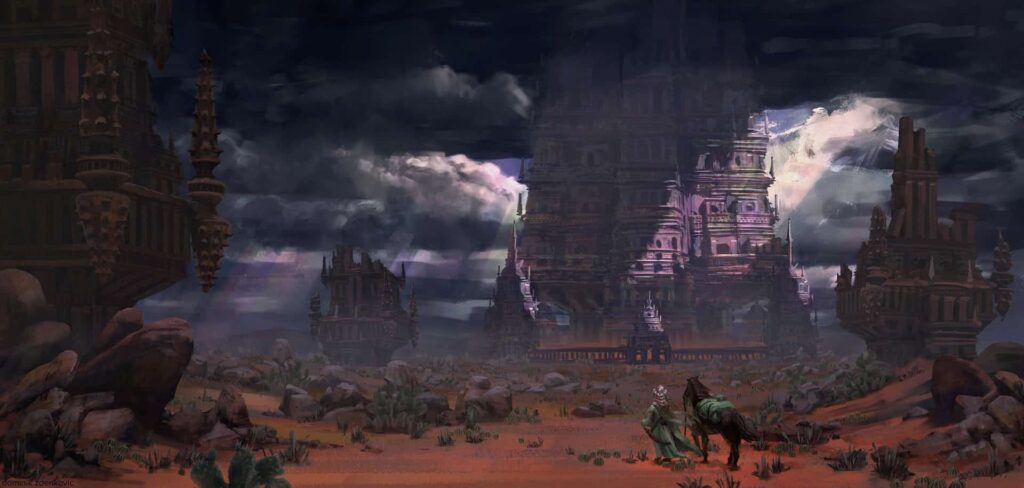
Now that you know the exact skills required for a concept artist, how can you actually become one? What should you study and how long do you need to study it for?
I’ll tell you exactly what to do, so don’t worry.
Do You Need to Go To An Art School?
Let’s start by asking the age-old question. Is art school necessary for success in this field?
The answer is no.
No, you don’t NEED art school at all. In fact, most of the concept artists I know are self-taught and work on their art by themselves to get better.
However, art school will DEFINITELY help you on your art journey. How? The reason is simple. You get:
- A like-minded crowd of highly motivated students to practice with
- Healthy competition that will further your improvement
- Industry connections through alumni as well as professors
- Direct mentoring and feedback
- Discipline through regular homework and assignments (that will help you get used to meeting deadlines)
- Good art curriculum that will teach you step-by-step
For all these reasons, I would HIGHLY recommend going to art school, but ONLY if you have the financial means and abilities to do so.
If you don’t however, then learning art by yourself is perfectly okay and I’ll explain how.
1. Learn Art Fundamentals
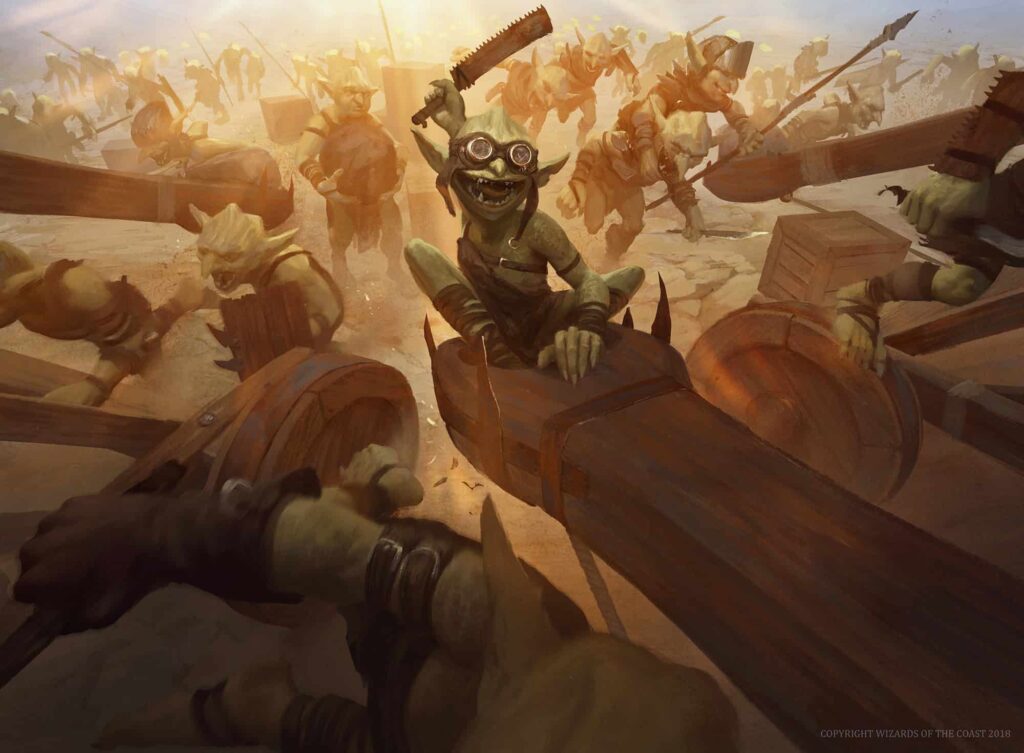
The very first thing you’ll want to do to become a concept artist is to master ALL the art fundamentals. Anatomy, form, perspective, color, light and composition.
This is because when you’re starting out, you don’t exactly know which field you’ll want to specialize in (character, environment, props, etc.).
Also, even if you have decided on your specialization, you’ll STILL need to know the fundamentals as the topics are interlinked and come in handy in every single field.
Therefore, even if you want to become a character artist, you NEED to master ALL the art fundamentals beforehand, after which you can exclusively continue character design.
Learning the art fundamentals will take you AT LEAST one year to complete (yes, it’s actually hard to learn and is a pretty long process).
To know exactly how and where to learn all the art fundamentals I suggest you read this article.
2. Learn Software
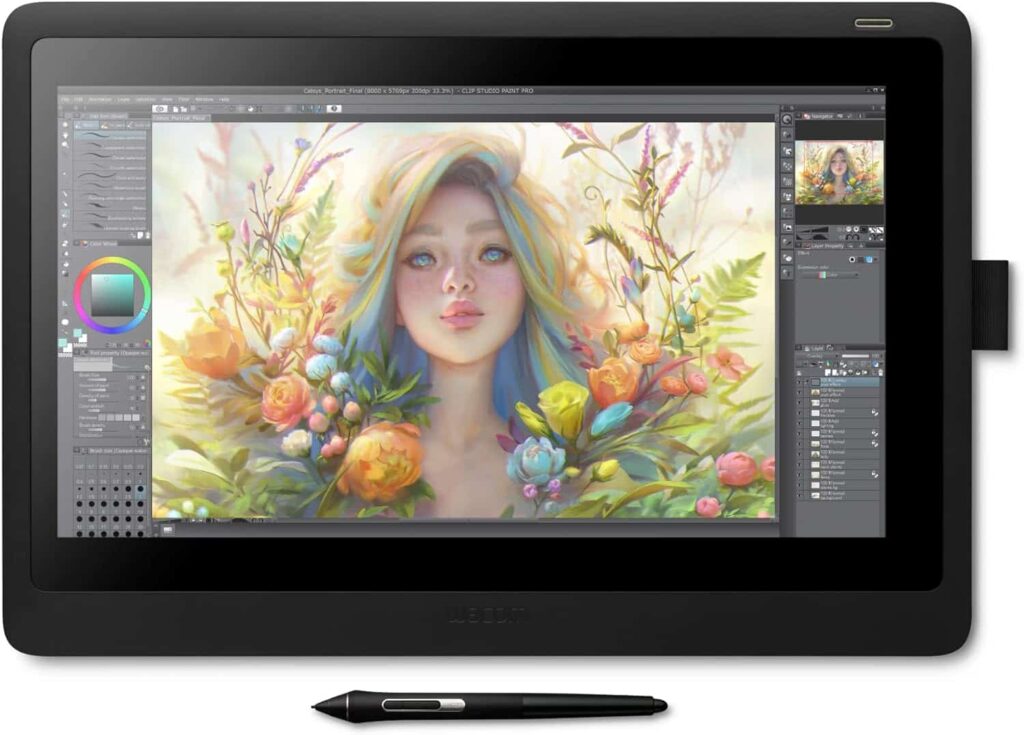
Another key aspect of becoming a concept artist is to master the software. This is essential as very few artists still use traditional mediums, with most artists ONLY using digital medium.
Digital art is also MUCH more convenient and makes the process much faster. I highly recommend you learn software as it is practically a requirement in all companies that hire artists.
TIP: Remember to only learn digital art AFTER learning the basics of art using traditional mediums. This is because the skills are transferable and it is MUCH better to start with traditional.
Most concept artists use 2D software called Photoshop to draw and design. However, some artists even use Clip Studio Paint or Procreate, so you can paint using them as well.
But, Photoshop remains the industry standard, and I highly recommend you AT LEAST learn the basics of Photoshop if you want to be a professional artist.
You can find out more about how to get started with digital painting right here. It covers everything from choosing your digital software and drawing tablet to all art resources required to start digital painting the right way.
3. Choose Your Specialization

Once you’ve mastered the art fundamentals and got the hang of digital software, you can then FINALLY choose what you’d like to specialize in.
TIP: After learning all the art fundamentals, you must have taken a liking to a specific topic. For example, if you like perspective, then you can consider becoming an environment concept artist.
After choosing what you’d like to specialize in, you can focus ONLY on your specialization and truly excel in it.
Just study the subject in-depth and learn the industry tips and tricks for that field. Watch tutorials as well as artist interviews and understand their design process.
Try to undertake a project in that field too. Doing this will help you understand which areas you’re weak in and you can simultaneously learn while working on the project.
The project would also be a great piece for your art portfolio.
4. Make An Art Portfolio
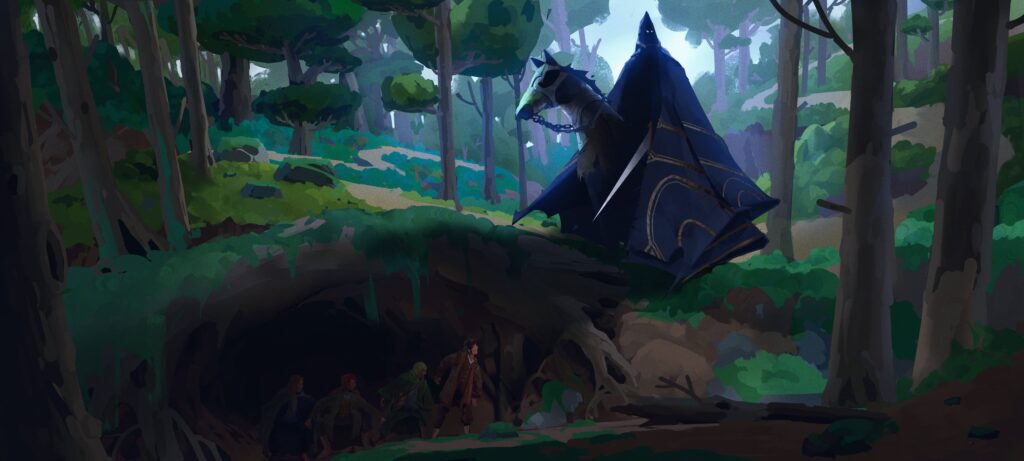
After spending so much time learning and refining your skills, you can now start putting your art out on the internet and applying for jobs.
The way to do this is to build an art portfolio.
You need to include all the projects and concepts you may have developed while studying art. Also, you need to make sure that you keep your portfolio short and focused.
TIP: It should ONLY include your best pieces and should showcase the specialization you intend to work in.
For example, if you have chosen to become a character designer, then you should only include all your character explorations and costume designs.
You can either upload your portfolio on Artstation or create your own website.
Also, I HIGHLY recommend you try building an audience (on platforms like Instagram) and share your work with them. This will help you gain more industry connections, which is super important if you’re a self-taught artist.
If you want to know more about how to build a portfolio and gain industry connections, you can read this article.
5. Practice Constantly
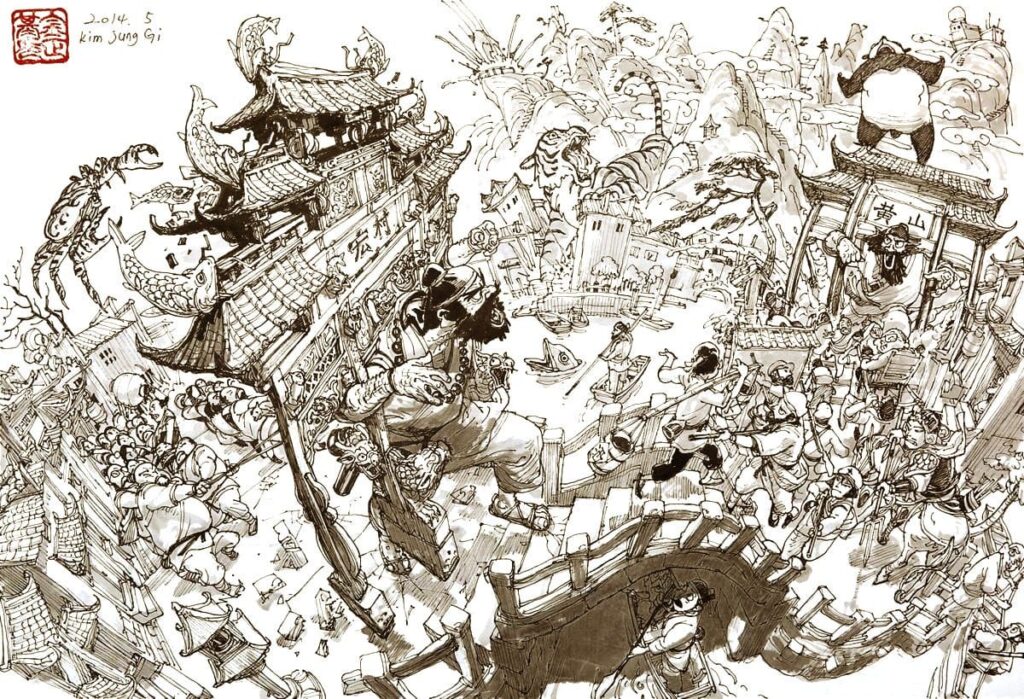
Practice is THE most important thing when it comes to building an art career.
You need to put the mileage in to get better.
It’s as simple as that.
So, working on your art AT LEAST 2-3 hours every day is paramount to your future success as an artist. And there is nobody better than artist Kim Jung Gi as an example of this.
Kim Jung Gi spent hours upon hours throughout his childhood and well into his twenties, just putting in the pencil mileage day after day. Because of his constant drive to do better, he became a sensational figure in the art industry.
You can do the same if you dedicate your efforts to constant improvement by practicing and honing your craft every day.
Conclusion
Concept art is an extremely rewarding career for all those who love designing fantasy creatures and building new worlds.
It’s not always as grand as it seems but finding joy in designing Viking tables or creating a new interior space for a town hall, is what matters more.
If you’re excited to work on these sometimes grueling projects, then you shouldn’t hesitate any longer and get started on your journey to becoming a great concept artist.
Here are some videos to get you more familiar with the world of concept art:
- Become a CONCEPT ARTIST for video games – What to practice?
- TB Choi’s 7 Steps to Drawing
- Concept art Tutorial: Persistence over Perfection
- Kim Jung Gi – How to Become a Master
Good luck for now and all the best on your art journey!
